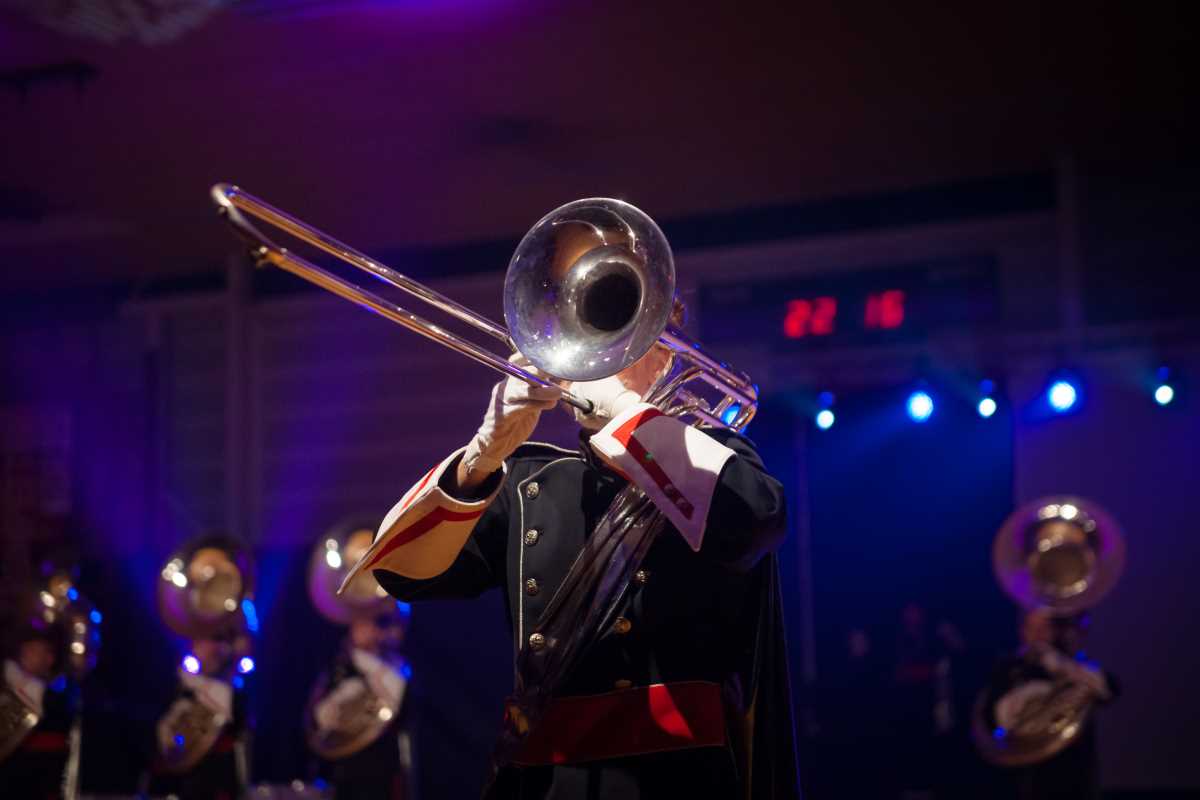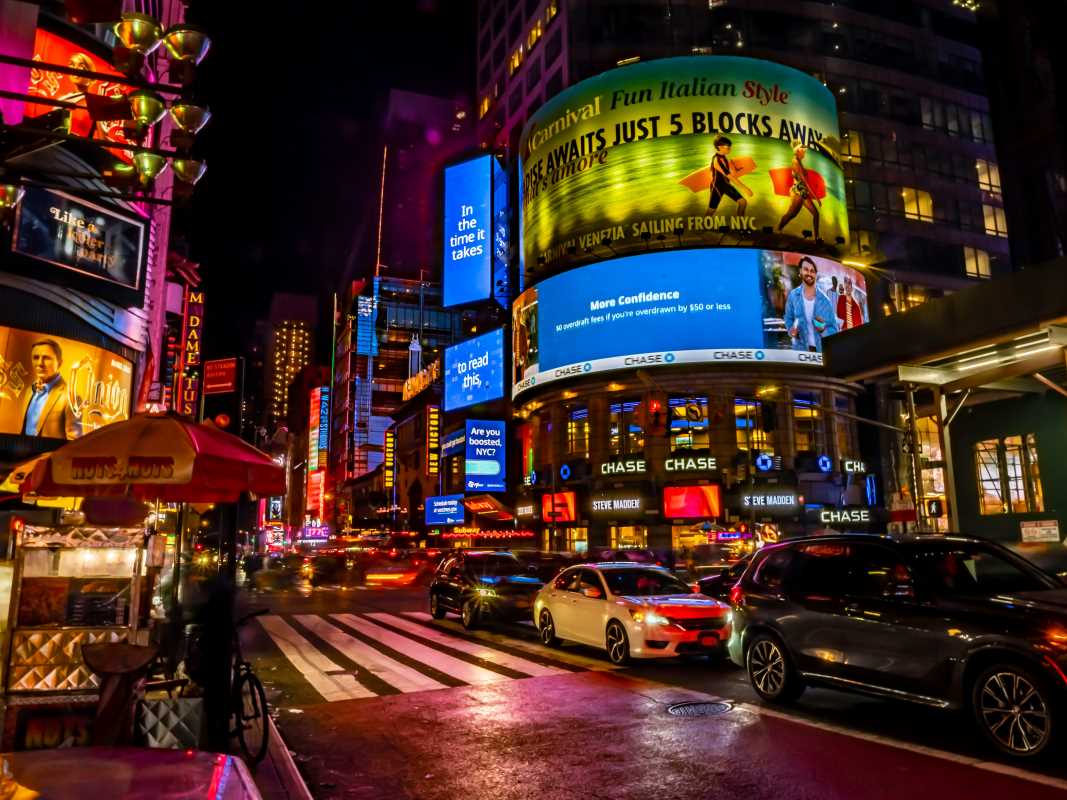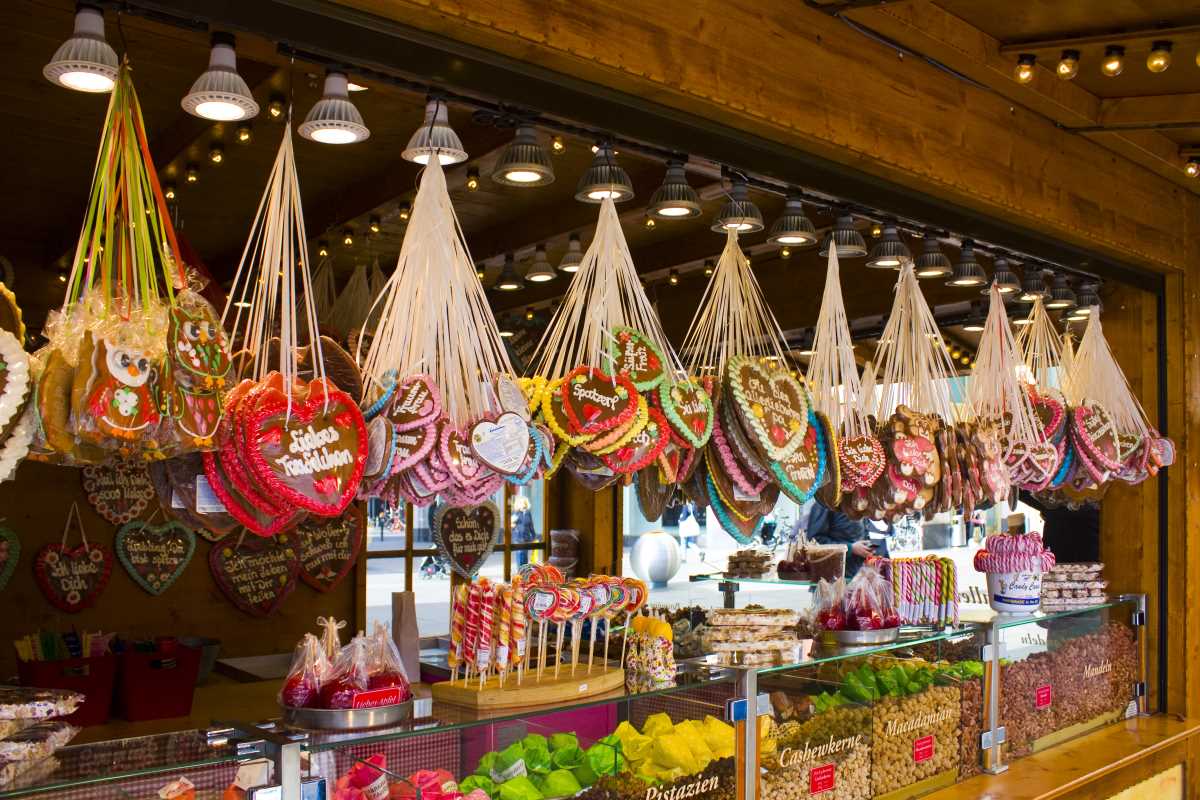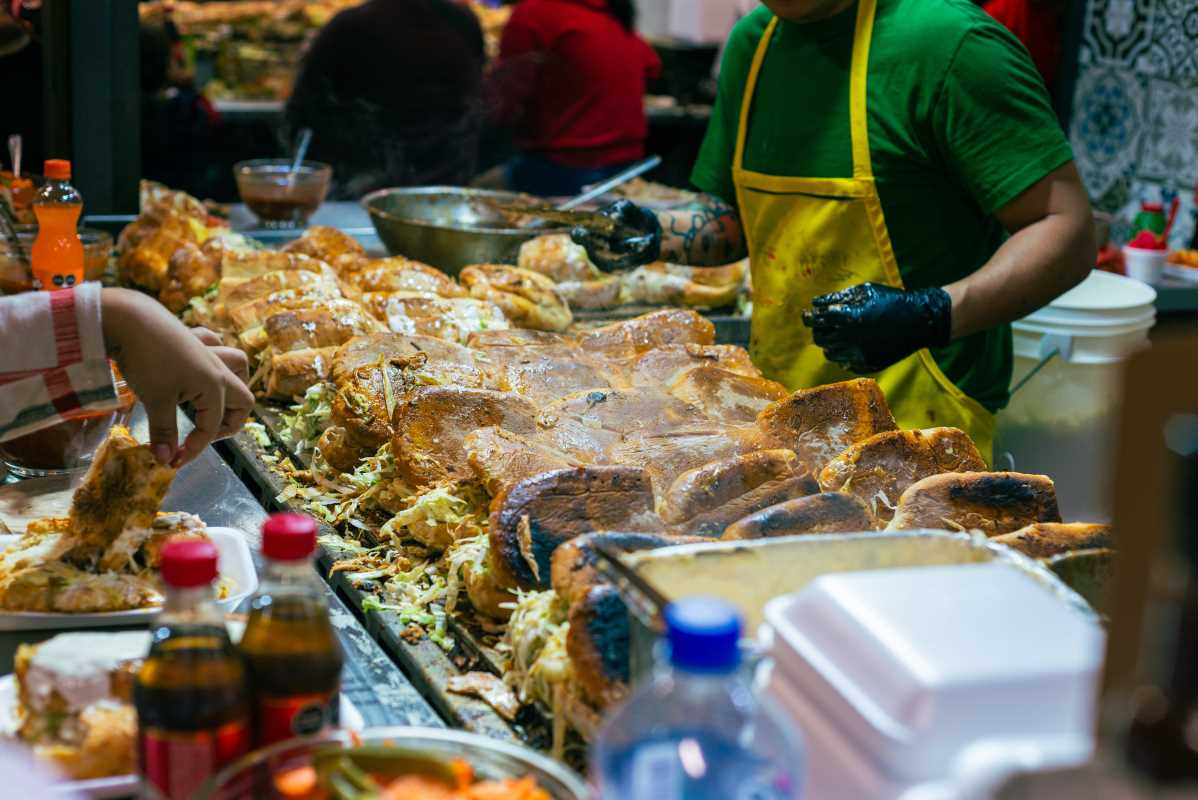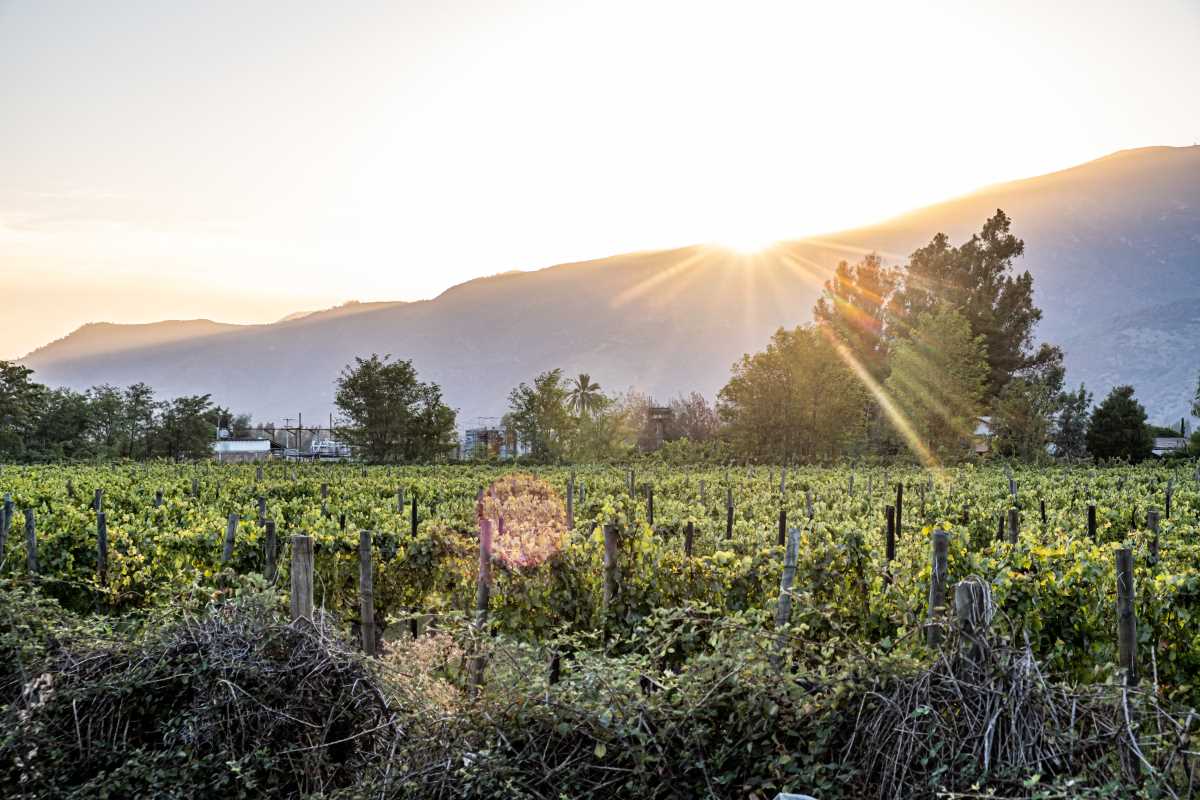Rio de Janeiro’s Carnival is the world’s biggest party, a dazzling explosion of color, music, and joy. While watching the parades from the stands is incredible, true magic happens when you step off the sidelines and join the celebration. The vibe of these carnivals is bound to be like nothing you’ve ever, or will, experience. The outfits, music, and dances are going to catch your attention, and you won’t be able to look away. Get ready to discover how you can parade in the Sambadrome, learn samba from the experts, and dance through the streets with locals. Let's dive into the heart of Rio's Carnival and plan the adventure of a lifetime!
Understanding the Rhythm of Rio's Carnival
Carnival is not one event, but it’s a city-wide celebration with different parts, each offering a unique experience. The official festivities run from the Friday before Ash Wednesday until the following Saturday.
Street Parties: The Blocos
The soul of Carnival lives in the blocos. These are free street parties led by bands on moving sound trucks. Hundreds of blocos, each with its own theme and musical style, take over neighborhoods across the city. They start weeks before Carnival and are where you'll find locals and tourists dancing together in creative costumes.
The Main Event: Sambadrome Parades
This is the famous competition you see on TV. Rio's top samba schools, each with thousands of members, parade through the Sambadrome—a purpose-built stadium. They are judged on their costumes, floats, music, and energy. The main parades happen on Carnival Sunday and Monday.
The Grand Finale: The Champions' Parade
The Saturday after Carnival, the top six samba schools return to the Sambadrome for a non-competitive victory lap. The atmosphere is more relaxed and celebratory, making it a fantastic night to watch the very best performers.
How to Parade in the Sambadrome
Yes, you can actually parade with a real samba school! This is an unforgettable experience, and it's easier to arrange than you might think. You need to buy a costume for a specific section of the parade, known as an ala.
Buying Your "Alas" Costume
- Choose a Samba School: Research the schools parading in the top-tier "Special Group." Schools like Mangueira, Salgueiro, Beija-Flor, and Grande Rio are all famous for their spectacular shows.
- Contact the School or a Broker: Some samba schools sell costumes directly on their websites. A more common method is to buy through a reputable online broker that specializes in Carnival packages for tourists. This often simplifies the process.
- Receive Your Costume: Your costume will be delivered to your hotel or a designated pickup point in Rio a few days before the parade. It’s yours to keep!
Once you have your costume, you’ll be given instructions on where and when to meet your school on parade night. No dance experience is necessary— just pure energy and a willingness to sing along!
The Heartbeat of Samba: Rehearsals & Workshops
To get a real feel for the music and dance, dive into the culture of samba before the big parade.
Visiting a Samba School Rehearsal (Quadra)
In the months leading up to Carnival, samba schools hold weekly rehearsals at their headquarters, called quadras. These are high-energy parties where the entire community gathers to practice the year's theme song. It's a loud, joyful, and incredibly authentic experience. You can buy tickets at the door.
Booking a Samba Workshop
Want to learn the basic steps? Rio is full of dance schools offering beginner samba workshops.
- What to Expect: A fun, high-energy class where you'll learn the fundamental samba no pé (samba of the feet). No partner is needed.
- How to Book: Many dance studios in neighborhoods like Copacabana and Ipanema offer drop-in classes or multi-day workshops. A quick online search will show plenty of highly-rated options.
- Best For: Anyone who wants to feel more confident dancing at blocos or in the Sambadrome.
Budgeting for Your Carnival Adventure
Carnival can be as budget-friendly or as luxurious as you want. Here’s a breakdown of key costs.
- Sambadrome Costume (Ala): This is your biggest expense as a participant. Expect to pay between $250 and $700 USD, depending on the school and the intricacy of the costume.
- Sambadrome Tickets (to watch): If you also want to watch on a different night, tickets can range from $30 for grandstand seats to over $500 for luxury boxes (camarotes).
- Samba Workshops: A group class typically costs $20-$40 USD.
- Blocos: Free! Your only cost is for drinks and food.
Practical Tips for a Safe and Fun Carnival
Navigating Rio during Carnival requires energy and smart planning.
Safety and Transportation
- Be Street Smart: Leave valuables like expensive jewelry and passports in your hotel safe. Carry a copy of your ID. Be mindful of your phone and wallet in large crowds.
- Getting Around: The Metro is the safest and most efficient way to get to the Sambadrome and many blocos. It runs 24/7 during the main Carnival days.
- Ride-Hailing: Apps like Uber and 99 work in Rio, but expect surge pricing and heavy traffic.
What to Wear and Pack
- Footwear is Everything: You will be on your feet for hours. Comfortable, closed-toe sneakers are essential, both for blocos and for parading.
- Glitter and Costumes: Anything goes at the blocos! Glitter is practically a uniform, but choose biodegradable options to be kind to the environment.
- Hydration is Key: The Rio summer is hot and humid. Drink water constantly. Carry a reusable water bottle and buy drinks from street vendors.
After-Party Strategy
The party doesn't stop when the parade ends. Many blocos run into the evening, and neighborhoods like Lapa are famous for their all-night street samba circles and lively bars. Pace yourself and have a plan for getting back to your accommodation safely.
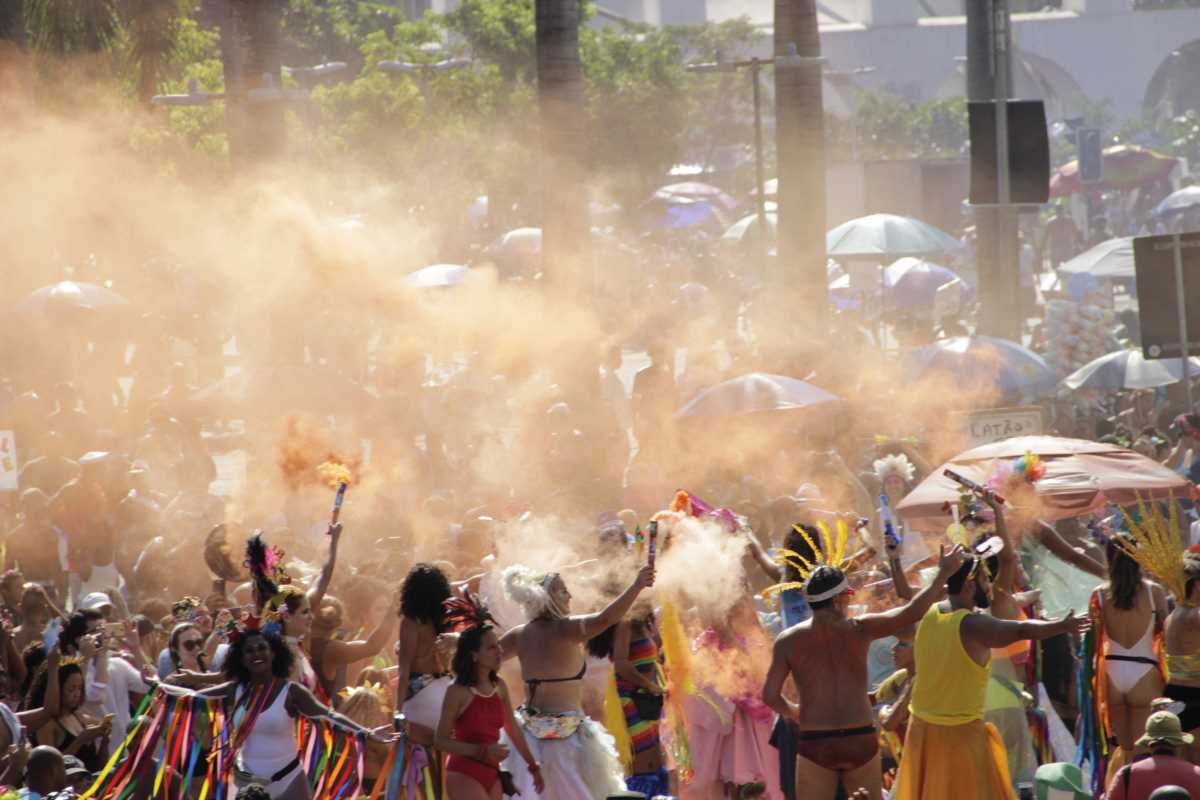 (Image via
(Image via